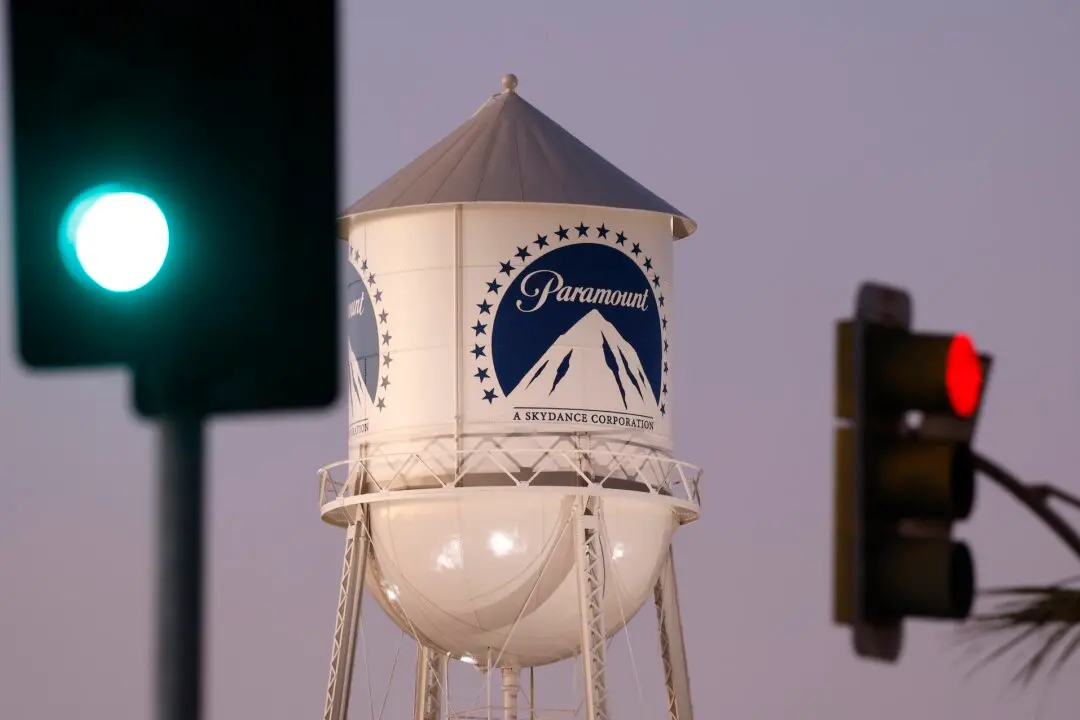Researchers have announced that prehistoric bones found in Australia belong to a new species of pterosaur so fearsome it has been dubbed the “iron dragon.”
A cattle grazier found some fossilized remains in the outback of Queensland in 2017, sparking a broader excavation leading to the Oct. 3 announcement in Scientific Reports that the bones belong to a previously unknown species of pterosaur—a type of flying reptile.





